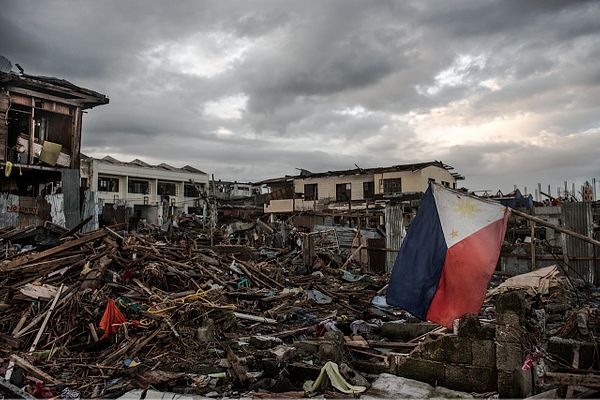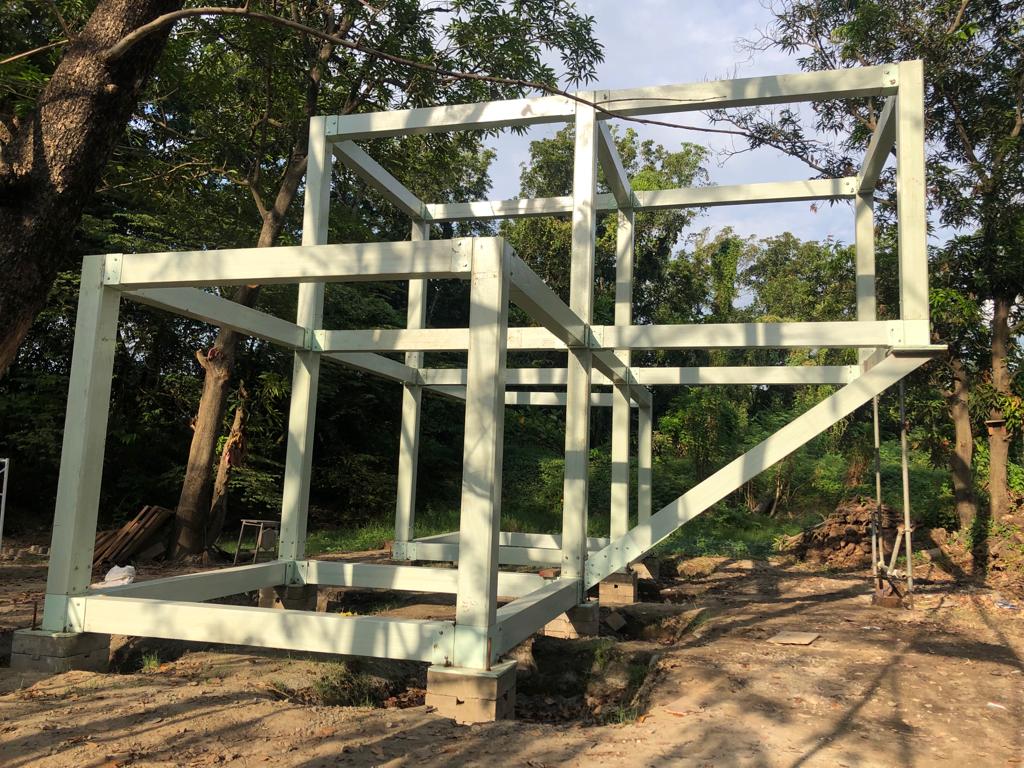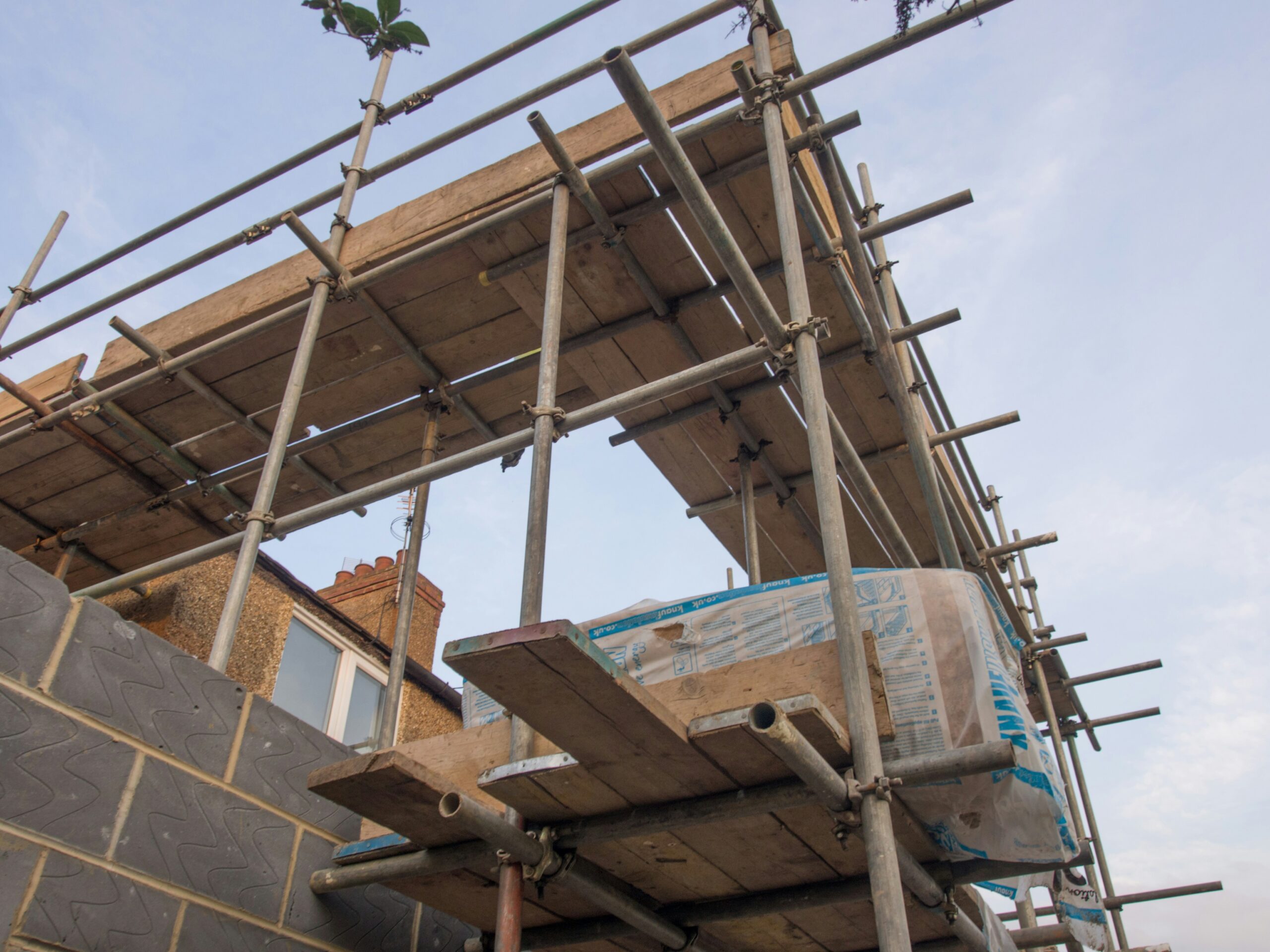Building a typhoon-resistant house in the Philippines is not just a matter of preference but a necessity. Given the country’s susceptibility to natural disasters, particularly typhoons, constructing homes that can withstand the harsh conditions brought about by these weather phenomena is crucial.
This article will cover key considerations for typhoon-resistant construction, emphasizing the importance of building on hard soil with good drainage, exploring low-cost typhoon-resistant housing solutions, utilizing resilient materials and roofing, and incorporating storm rooms and safe areas.
Typhoon-Prone Nature Of The Philippines
The Philippines is one of the most disaster-prone countries in the world due to its geographical location. Situated in the Northwestern Pacific Basin, the most active tropical cyclone basin globally, the country experiences an average of 20 cyclones per year, and about 8 of these make landfall.
The archipelago’s position along the Pacific Ring of Fire also exposes it to earthquakes and volcanic eruptions. Historical data show that since 1990, the Philippines has faced 565 disasters, including floods, cyclones, droughts, earthquakes, tsunamis, and landslides, which have resulted in significant loss of life and economic damage.
Understanding Typhoons In The Philippines
The Philippines, being in the path of many typhoons, experiences an average of 20 tropical cyclones or typhoons each year, with nearly 70% of these typhoons occurring from July to October. The impact of these typhoons on homes can be catastrophic. For instance, Typhoon Yolanda (Haiyan) in the Philippines in 2013 destroyed more than 360,000 houses in Eastern Visayas alone.
Another example is Typhoon Odette (Rai), which ravaged Visayas and Mindanao in 2021, causing damage estimated at around Php 17.7 billion. The National Disaster Risk Reduction and Management Council reported approximately 991,762 partially damaged and 368,441 totally destroyed homes due to this typhoon.

Why Does Constructing A Typhoon-Resistant House Important?
Constructing a typhoon-resistant house in the Philippines is crucial due to the high frequency and devastating impact of typhoons. Typhoon-resistant houses can significantly reduce damage to homes, especially for vulnerable groups such as the poor and low-income families.
These homes are designed to withstand strong winds and heavy rainfall, which are common during typhoons, thus protecting the lives and assets of residents. The importance of such construction is underscored by the catastrophic effects of typhoons like Yolanda (Haiyan), which damaged or destroyed over 1.1 million houses and pushed millions into poverty. By incorporating typhoon-resilient features into the design and construction of houses, communities can enhance their safety and resilience against the inevitable natural disasters that strike the region.
How To Build A Typhoon-Resistant House
Creating and constructing a typhoon-resistant house design involves several critical steps and considerations to ensure the structure can withstand the severe weather conditions associated with typhoons. Here are the key points to consider:
1. Select A Flood-Prone Location
Prioritize flood safety by selecting an area with low flood risk. Elevation and topography also play a role in minimizing potential hazards. Aim for an uphill location with surrounding trees, which can act as natural wind barriers.
2. Engage With Professionals
Collaborate with architects and builders who have experience in designing and constructing typhoon-resistant structures. They can provide valuable insights into the specific design considerations needed for your location.
3. Comply With Building Codes
Adhere to local building codes and regulations, specifically those focused on safety and resilience in typhoon-prone areas. These codes often establish wind resistance requirements to ensure structural integrity during storms.
4. Ensure A Strong Foundation
A strong foundation built high off the ground safeguards your home against both flooding and strong winds. This might involve deeper footings or pillars anchoring the house securely.
5. Use Resilient And Durable Building Materials
Choose durable materials that can withstand harsh weather conditions. For example, Glass Fiber Reinforced Polymer (GFRP) and Fiber Metal Laminate (FML) are known for their strength and durability.
6. Consider Roof Design
A well-sloped roof, shaped to be aerodynamic, helps wind flow over it smoothly and directs rainwater away from the house. Opt for wide roof overhangs to shield from rain while minimizing damage from wind gusts.
7. Secure Doors And Windows
Install impact-resistant windows and doors to prevent breakage from flying debris and strong winds. Fiberglass doors and metal garage doors are recommended for their durability.
8. Tighten The Connections
To make your home more resistant to strong winds, use special fasteners like hurricane straps to securely connect the roof and walls. This strengthens the overall structure and helps it withstand heavy winds.
9. Build Proper Roof Overhangs
Wide overhangs offer shade and protection from rain, but for strong winds, they need careful design. This ensures they don’t become vulnerable and potentially get damaged themselves.
10. Maintain Adequate Ventilation
It’s important to include ventilation features in your home’s design to allow air to flow freely. This helps prevent pressure build-up inside during strong winds, which can otherwise cause damage.
11. Install Storm Shutters
Sturdy outdoor shutters, often made of wood, can shield your windows from wind and flying debris, offering an extra layer of protection during storms.
12. Create An Emergency Shelter
Your home should have a designated safe room, a reinforced area built to withstand extreme weather. This room should be easily accessible from the inside of your house, not requiring you to go outside during a storm.
What Type Of House Can Withstand A Typhoon?
MDCC Tech’s Pre-Engineered Buildings (PEBs) homes are exceptionally designed to withstand severe weather conditions, including typhoons with wind speeds up to 315 kph, similar to those experienced during Typhoon Yolanda. These buildings combine safety, durability, and modern aesthetics, making them an excellent choice for areas frequently impacted by typhoons. Their construction and materials are tailored to resist the extreme forces of nature, providing peace of mind and security for inhabitants.

Conclusion
Constructing a typhoon-resistant house in the Philippines is an investment in safety and peace of mind. By following these guidelines and considering MDCC Tech’s PEB products, you’re taking a significant step towards protecting your family and property against the unpredictable nature of typhoons.
To learn more about typhoon-resistant homes and to explore durable and safe housing solutions designed for the Philippine climate, reach out to us today!

